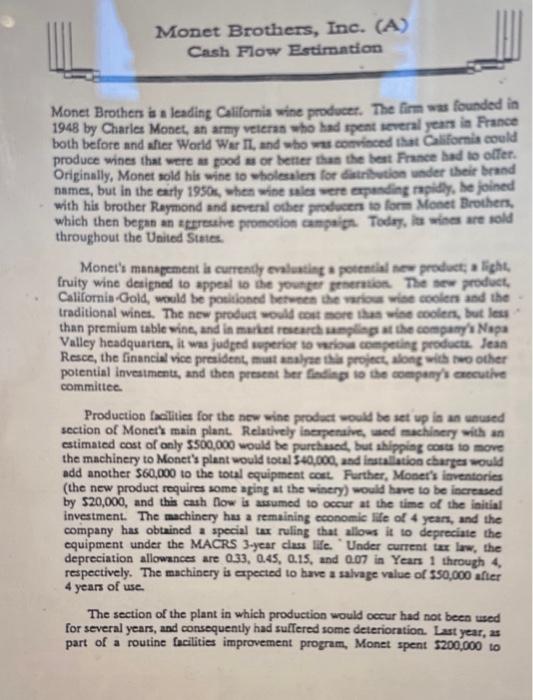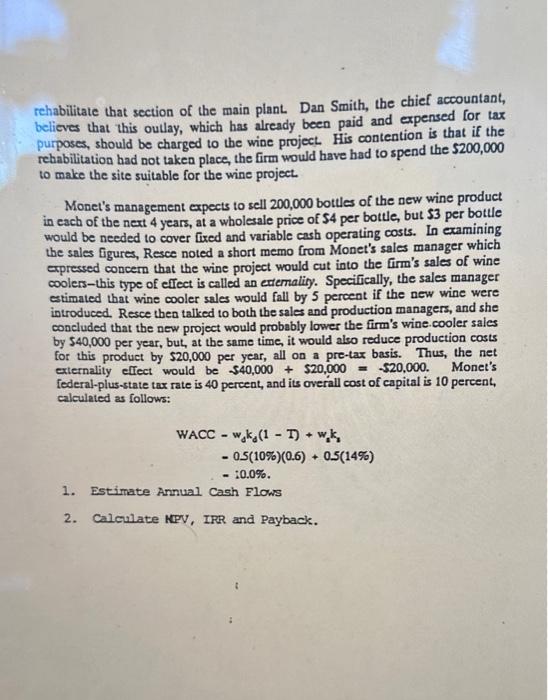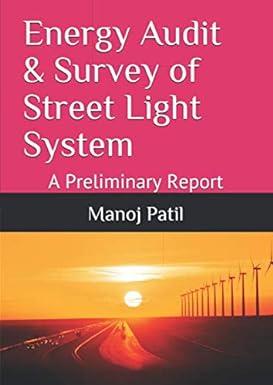Monet Brothen is a leading Califomia wine producet. The firm was founded in 1948 by Charles Moset, an army veteras who had rpent several years in France both before and afier World War II. and who was cominced that Califormis could produce wines that were an good an or betier than the beat Frasee had lo offer. Originally, Monet sold hit wine to wholesalen for Giatrlbwtion under their brand names, but in the early 1950, when wine salea vere expacting rapidfy, he joined with his brother Reymond and several obher producen io form Monet Brothers. which then began an atrrestive promotion campaign. Todmy, las wises are sold throughout the United States Monet's management la currendy evaluatiot a potential new product, a light, fruity wine designed to appeal io be gouster grneration. The sew product. California-Gold, would be poeitionsd betweten the variour wise coolen and the traditional wine. The new produat would cont more thas wise coolen, but less than premium table wine, and in market rosearch unppliog at the compary'k Nopa Valley headquarten, it was jud thil uoperior to whou competing products. Jean Resce, the financial vice preident, muat analya bla project, along with no other potential investmenty, and then present ber fidisp io be aompany't erecutive committee. Production faclities for the new wine prodact would be aet up in an unused section of Monet' main plant. Relatively increnenive, ased machinery with an estimated cost of only 5500,000 would be purthasd, but ahippiog cons to move the machinery to Moner's plant would total 540,000 and lestallation charges would add another $60,000 to the total equipment cont. Further, Moner's itiventories (the new product roquires some ating at the winery) would have to be lincreased by 520,000 , and this cash Dow is assumed to occur at the time of the lasitial investment. The machinery has a remaining economic life of 4 year, and the company has obtained a special tax ruling that allows it to depreciate the equipment under the MACRS 3year class life. Under current tax law, the depreciation allowances are 0.33, 0.45, 0.15, and 0.07 in Years 1 through 4 , respectively. The machinery is expectod to have a salvage value of 550,000 after 4 years of use. The section of the plant in which production would occur had not been med for several years, and consequently had sulfered some deterionation. Last year, as part of a routine facilities improvement program, Monet spent 5200,000 to believes that this outlay, which has already been paid and expensea lor tax purposes, should be charged to the wine project. His contention is that if the rehabilitation had not taken place, the firm would have had to spend the 5200,000 to make the site suitable for the wine project. Monet's management expects to sell 200,000 bottes of the new wine product in each of the next 4 years, at a wholesale price of $4 per bottle, but $3 per bottle would be needed to cover lixed and variable cash operating costs. In examining the sales Ggures, Resce noted a short memo from Monet's sales manager which expressed concern that the wine project would cut into the firm's sales of wine coolers-this type of effect is called an extemality. Specifically, the sales manager estimated that wine cooler sales would fall by 5 percent if the new wine were introduced. Resce then talked to both the sales and production managers, and she concluded that the new project would probably lower the firm's wine.cooler sales by $40,000 per year, but, at the same time, it would also reduce production costs for this product by $20,000 per year, all on a pre-tax basis. Thus, the net externality effect would be $40,000+$20,000=$20,000. Monet's federal-plus-state tax rate is 40 percent, and its overall cost of capital is 10 percent, calculated as follows: WACCwdkd(1T)+wdk20.5(10%)(0.6)+0.5(14%):0.0%








